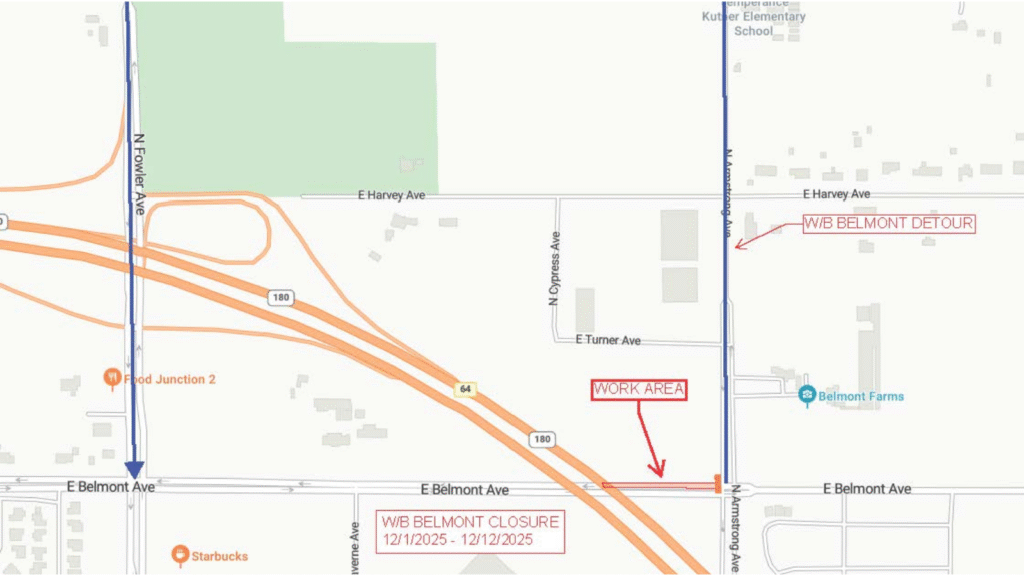Share
State Senator Anna Caballero, D-Salinas, says the state should not be scaring away homebuilders but she is worried a new state law is doing just that.
“The last thing we need right now is to reduce the number of communities that we’re building. We’re 2.5 million housing units behind,” said Caballero. “If you built 2.5 million units, you’d have families in them tomorrow.”

“The last thing we need right now is to reduce the number of communities that we’re building.”– State Senator Anna Caballero
But, that’s exactly what one trade group says is happening.
The California Building Industry Association blames a new state law implementing Vehicle Miles Traveled as an environmental metric for housing construction, for putting the brakes on building statewide.
“We call it the big pause button,” says Dan Dunmoyer, the group’s CEO. He says the law is so complex that most places in the state aren’t even sure how to implement it, which is keeping builders on the sidelines.
According to the latest report from the California Association of Realtors, January’s statewide median home price was $699,890, down 2.5 percent from December, but up 21.7 percent from January 2020. “All major regions’ median prices continued to increase by double digits on a yearly basis,” the report says.
“We can build homes. It’s just homes for millionaires,” says Dunmoyer.
“We absolutely need to take another look at it (VMT),” Caballero says.
Starting last July, new development projects are no longer assessed a fee by how much traffic congestion is created. Instead, a VMT calculation will be applied.
For instance, if a person drives to multiple places a day — work, store, soccer practice, etc. — all of those miles are counted up. Then a fee is calculated for the development, with the funds going to subsidize items such as vanpools, mass transit passes, and bike lanes. The goal of the law is to reduce greenhouse gas emissions from cars.
Caballero says that climate change is something that definitely needs to be addressed, but she’s not sure VMT is the best way to go about it. Caballero spearheaded a failed push last year to delay implementation of the law. A total of 20 state senators and assembly members signed her letter to the governor.
“I think we need to put a halt on it,” said Caballero. “Take a look at it and decide what we’re going to do to encourage housing units to be built, not discouraging them.”
California Building Industry Association

“We call it the big pause button.”– Dan Dunmoyer, California Building Association
The CBIS says the Governor’s Office of Planning and Research ignored organizations, municipalities and local governments last year that clamored for the VMT law to be delayed until the COVID-19 pandemic has passed.
Boards of Supervisors from Fresno, Kings, Tulare, Kern, Madera, and Merced all unanimously passed resolutions seeking a two-year delay of the law.
The CBIA says the OPR is now asking his association to give an assessment of how things are going.
“That’s their job,” says Dunmoyer. “They’re supposed to determine how we plan our cities and our communities and they should know how it’s working.”
Dunmoyer says since Newsom has been governor, the state has had a declining permit pulling process across the state of California.
During the first year of his governorship, housing construction actually decreased for the first time in a decade, according to a new report issued in early February by the Construction Industry Research Board.
Despite a surge in the final two months of 2019, the year ended with 110,218 new housing starts, the CIRB said, down 7% from 2018.

“I look forward to being able to work with my colleagues on evaluating that regulation and what improvements we can make to it so that the state of California can get back to producing homes again.”–Assembly Member Dr. Joaquin Arambula, D-Fresno
Dunmoyer says OPR is now discussing sending strike teams to help municipalities and builders try to figure out how to maneuver this new regulation. Dunmoyer says OPR is now at least talking with him more, but all the players who could really help makes things better are tied up.
“But candidly, I mean, in all due respect to the governor, his office is really busy with this thing called COVID,” said Dunmoyer. “That’s the other irony here. The request for delay made a complete sense, considering our focus as a society and getting back to normal. And yet regulations move forward in July 1st of last year, even with the pandemic being at its worst position.”
One Size Does Not Fit All
Assembly Member Dr. Joaquin Arambula, D-Fresno, agrees with Caballero that VMT is problematic. He’s concerned that ‘an unelected board,” namely the California Air Resources Board, is making policies for communities in the Central Valley.
“Without having an understanding of where we live and where we come from is problematic,” explained Arambula. He says its another example of ‘one size does not fit all.’
Arambula says he’s interested in working with colleagues like Caballero this coming legislative session to see what can be done to improve VMT.
“I look forward to being able to work with my colleagues on evaluating that regulation and what improvements we can make to it so that the state of California can get back to producing homes again,” said Arambula.
[activecampaign form=25]RELATED TOPICS:
Categories

Gaza Death Toll Tops 70,000, Health Ministry Says


















